The 8 pillars of effective Badminton Practice : Part 3 of 3
Badminton players who love the competition of practice are never short of motivation
The design of a greatBadminton practice is an art to be mastered
This article is based on work done by Roger Mills a professional badminton coach and my friend
This is the final post, I hope you enjoyed the previous posts. If you haven’t seen them yet then please click here to read Part 1 and Part 2. My aim is to encourage discussion into what are the elements of a great badminton practice.
Did you have time to discuss the suggestions in Parts 1 and 2 with a friend?
Talking with a close coaching friend can develop new and exciting insights if you both value how you design a Badminton practice. If you are a parent then look for someone on the balcony, share the post and then have a conversation about the ideas.
There is no pressure to be a coach, just enjoy the exploration of the things suggested. Take a close look at the practices in front of you and see how many you can spot that use any of the 8 Practice principals. Now that is a challenge !!
In this post, I want to suggest and describe how important it is to
motivate a player by setting a challenging target
it’s not always about sets and reps!
– – – – – – – – – – – – – – – – – –
Part 1
1. Set the practice at the players specific level
2. Practice must be game-like:- reflect game conditions as closely as possible
Part2
3. Practice with decision making, when a player’s specific technical skills allow
4. Always be prepared to recap a previous practice to reconfirm a previously learnt skill.
Part 3
6. To motivate a player in practice set the level of the practice just above the level of the player
7. A man with no target has nothing to aim at (Confucius)
8. Keep practice situations short and frequent. More quality less quantity
– – – – – – – – – – – – – – – –
6 To motivate a player in practice set the level of the practice just above the level of the player
Players perform best when they are optimally aroused or motivated. Optimum motivation comes when the target is difficult enough to be challenging, but not so difficult that it’s perceived as having no chance of success. The term ‘desirable difficulty’ is one I like to use when working coach to coach.
Motivation has been described as the most important factor in learning and development
I recommend that you go back and read Badminton Practice Principle no. 3.
It describes how practice should be specific to the players level for that skill. Click here to read more.
If the target is too high players may become apprehensive and depressed through failure. Concentration may decrease or boredom set in. These responses will not produce an effective learning environment. Be aware that if the player is looking disinterested it’s not all their fault!
It may help if targets are set together: coach and player. Discuss how practice targets can be varied with different challenges. Not everything needs to be physically exhausting or consisting of over 100 shuttles. Both players and coaches should become great at asking questions through mini-discussions.
What happens to Badminton Practice
Try to create a culture that allows both players and coaches to look at practice and challenge, tweak and modified it. That means asking players if they want to make the practice harder or tougher or more applicable to their needs.
Sounds complicated? Yes, it could be. You will have to work! It will depend on many factors.
Once the practice is at a level slightly higher than the current level all sorts of things start to happen. Your viewpoint on this is critical. Error rates may increase. Skills may break down. People may suffer physically and mentally. Some people will be happy, others not.
However, operating in this zone is important. As people say, “this is where the magic happens”. Well, its not really magic, it’s just one of the processes required to develop. Encourage an attitude of acceptance and a desire to works and then review.
Can you identify just where to challenge the players?
Which part of the practice needs a small tweak to move it from a boring practice to a challenging game like session?
Just asking players to ‘focus’ on a task is not effective
– – – – – – – – – – – – – – – –
7 “Man with no target has nothing to aim at” (Confucius)
This does not necessarily mean a physical one. It’s important that coaches recognise the need for various types of targets.
There are the on court targets, i.e. specific areas or a number of repetitions. However, the overall theme of a session or practice could be a target in itself, especially in the slow development of skills or tactics.
Try to incorporate mini discussions with players and ask them what they would like to target. Have you thought about emailing players prior to the session. It gives them and you an opportunity to suggest and then fix the targets for the next practice.
Often the information given in emails can be different to that during a quick chat at the start. It will reduce the amount of ‘coach led’ discussion. That has to be a good thing!
Encouraging and providing players with opportunities to set targets is an important goal.
I’ve found far more enjoyment for myself when players are able to verbalise what they would like to achieve. These targets can be specific and immediate i.e. during that session and the next, or something more long-term over a few weeks or months. Working with players who remind you of their target is a great feeling. Hopefully, you already know that or will experience it soon.
Always aim to Practice with a target in mind
One that will stimulate and focus attention to the task. Encourage players to contribute and eventually set the targets. The goal is to use targets to ‘frame’ the work whatever the time period.
Remember targets don’t just need to be numbers
– – – – – – – – – – – – – – – –
8 Keep practice situations short and frequent. More quality less quantity
Learning new skills is often mentally tiring. Therefore coaches should programme regular rest periods into a session or practice. This will then increase the opportunity for a variety of practices on the same theme.
The more varied the stimulation the better the experience and hopefully the more effective the learning.
Be aware of the concept of ‘saturation’
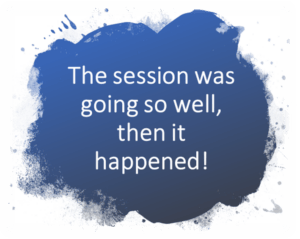
Have you ever noticed that when you are practising with a player and they seem to be improving then suddenly over 2 or 3 rallies the level can rapidly deteriorate?
There can be a sudden change where the error rate increases or the players’ attention to what is required deteriorates. This is not a time to demand that they focus!
If the skill was increasing and was beyond that previously practised then stay cool. It is not time to start demanding more!
Quickly recap in your head how the session has so far. If you and the player had been happy with progress then stop and introduce a change.
I know from personal experience that this can be a hard thing to. You want to carry on and ‘work at it’. However, I’ve learnt from bitter experience that often the result is even more deterioration and errors! Even if both player and coach are motivated it is often not possible to bring the practice standard back to the session high point without a change or break.
- Develop a sense of when things are going well and be aware of the ‘saturation’ point.
- As you introduce be prepared for saturation.
- Saturation is more to do with the players thinking (cognitive) than it is physical capacity
- Badminton practice can be hard, yes, but not at the expense of saturation. You may lose any gains or maximise what you have achieved.
- Breaks and subtle changes can revitalise players and coaches, so use them.
- Oh, yes, Coaches can also suffer from Saturation 🙂
– – – – – – – – – – – – – – – –
That is the end of this topic
If you have read all 3 parts, I appreciate your commitment and thank you for finding the time.
Do you have 2 or 3 favourites out of the 8, I would really like to know which you could instantly relate too. I hope the are of designing a Badminton practice excites you 😉
Please go onto the court and use the principles. Experiment and see what happens, hopefully, you will start to see different things emerge from the practice and the players. Remember it really does depend on what you select and how you assess the players’ needs in front of you.
Not everyone wants to leave a comment, I understand that.
However, if you do I will get a huge buzz from reading your thoughts

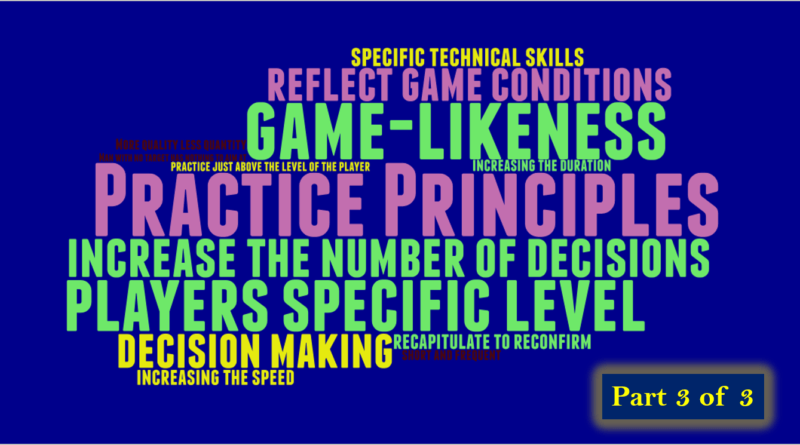
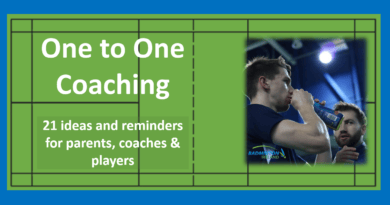
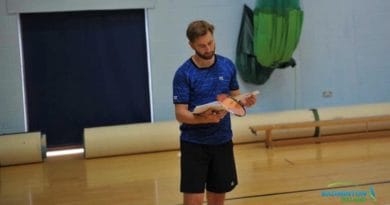
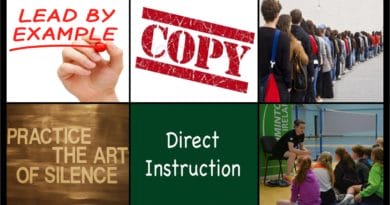
“Man with no target has nothing to aim at” (Confucius)
I really liked the use of this quote! I find that its really important to keep the conversation about the players goals flowing….. starting sessions by discussing the previous tournament for example and reflecting on what was good and what they want to improve….. then reminding them through the session when required to keep them motivated…… for example “next time you play so and so you want to be able to nail this shot”. Using the name of an opponent in the training can really motivate players and remind them why they are working on a specific goal.
Thanks for the insight into how you keep a dialogue through your practices. I agree with you that it’s important to keep the aim of any development uppermost and having many ways to do this is the skill of the coach. Just telling and repeating is not enough. Inspiring players through two-way communication is a daily task for coaches. One day I would love to see this process in action.